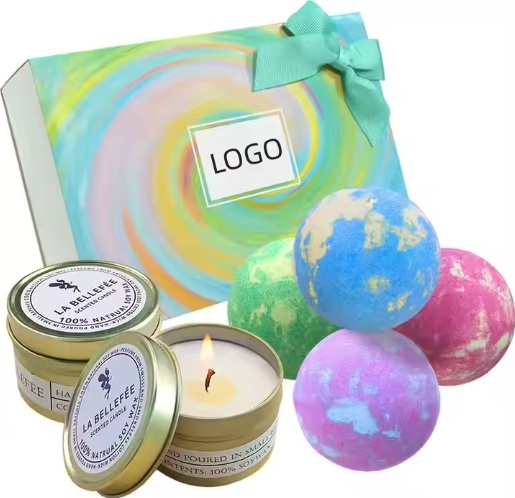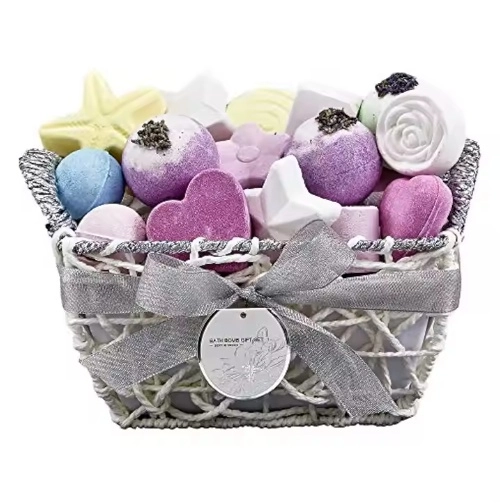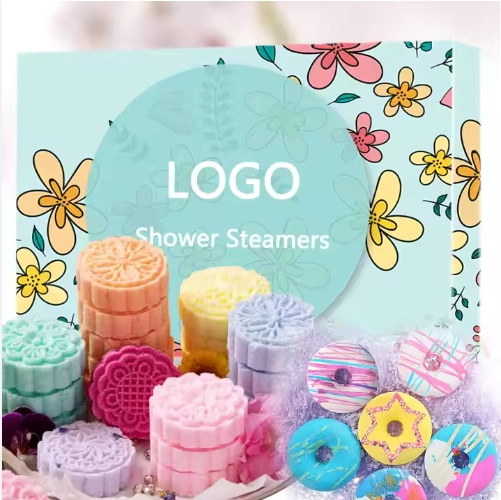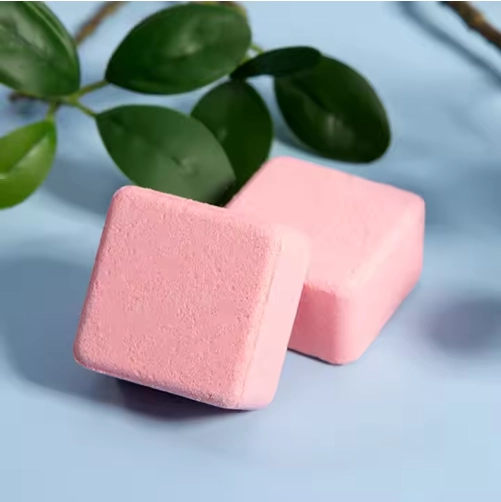When were scented candles invented?
The Egyptians are credited with crafting some of the first wicked candles as far back as 3,000 B.C., using waxes from plants and insects. However, Scented Candles weren’t used until the Middle Ages, when beeswax candles were brought to Europe. The beeswax burned pure and cleanly (it didn’t create a smoky flame), producing an enjoyable, sweet aroma rather than the unpleasant odor of tallow, which was widely used in household candles at the time. Due to the prohibitive cost of beeswax in the Middle Ages, few people other than the wealthy could afford to burn them at home. There was a brief stint in colonial America when women used bayberries to create a sweet-smelling wax, but the process was tedious. So, scented candles didn’t take off until the mid-19th century, when advancements had been made in wax and mechanization of candle production.
How Does A Scented Candle Work?
When you light the wick of a scented candle, the heat from the flame begins to melt the wax. When the fragrance molecules in the wax are heated, they emit an aroma. The scent grows stronger as more of the wax melts, so the larger your candle, the greater the fragrance you can expect once its wax pool extends to the edges of its vessel. The best way to ensure your candle melts evenly is to confirm that the wick is in the candle's center, the candle is on a level surface, and the candle is out of the way of drafts.
How To Make Homemade Scented Candles
Scented candles are easy — and cheap! — to make. Everything you need to make them is available online and affordable, too, but you will have a lot of this stuff at home. Once you nail this recipe, they will be your go-to gift, as you can personalize the scents.
Materials
- Heat-resistant pouring pitcher (I use a 4 lb. aluminum one)
- Old saucepan
- 8 oz. canning jars
- Cooking thermometer
- Soy wax flakes
- Candle wicks
- Fragrance or Essential Oils (I use 1 oz. bottles I buy from CandleScience.com)
- Pencils or chopsticks (to hold wicks in place)
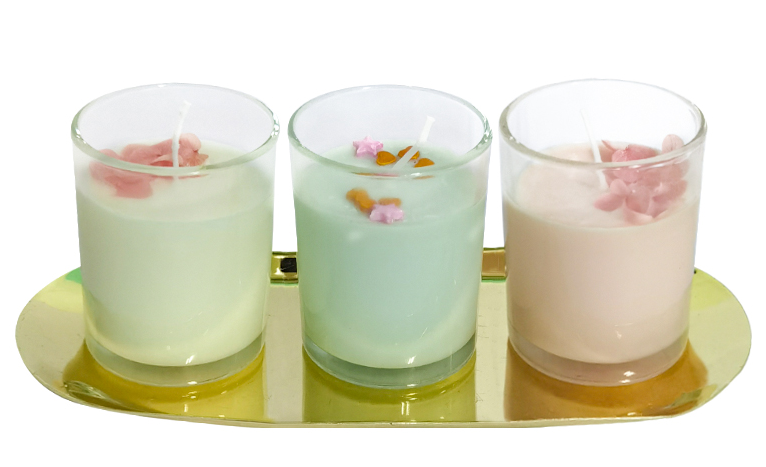
1. Prepare materials
You need wax melting pots, glass cups, glass stirring rods, small induction cookers, candles, molds, candle leads or wax cores
2. Wax melting
Add the prepared soybean wax (or beeswax or paraffin wax) to the wax melting pot. A larger pot of water should be added outside the wax melting pot to melt it in water and prevent the wax liquid from burning due to excessive temperature.
3. Fill into the cup
Pour the melted wax into the glass. During wax melting, pay attention to the small manufacturing temperature, which should not be too high, and the difference between the small and room temperatures should be as small as possible. If the difference between the small manufacturing temperature and the room temperature is too large, cracks on the wax surface will occur during solidification and cooling
4. Drip in essential oil
Drop the essential oil with your favorite flavor into the wax liquid and stir it with a glass rod. The proportion can be controlled at about 5% to have a fragrance.
5. Decorative embellishment
Dried flowers can be used for decoration. Of course, decorations can be made according to personal preferences, such as peel and branches.
6. Production completed
The finished aromatic candle can be used for lighting or decoration.

